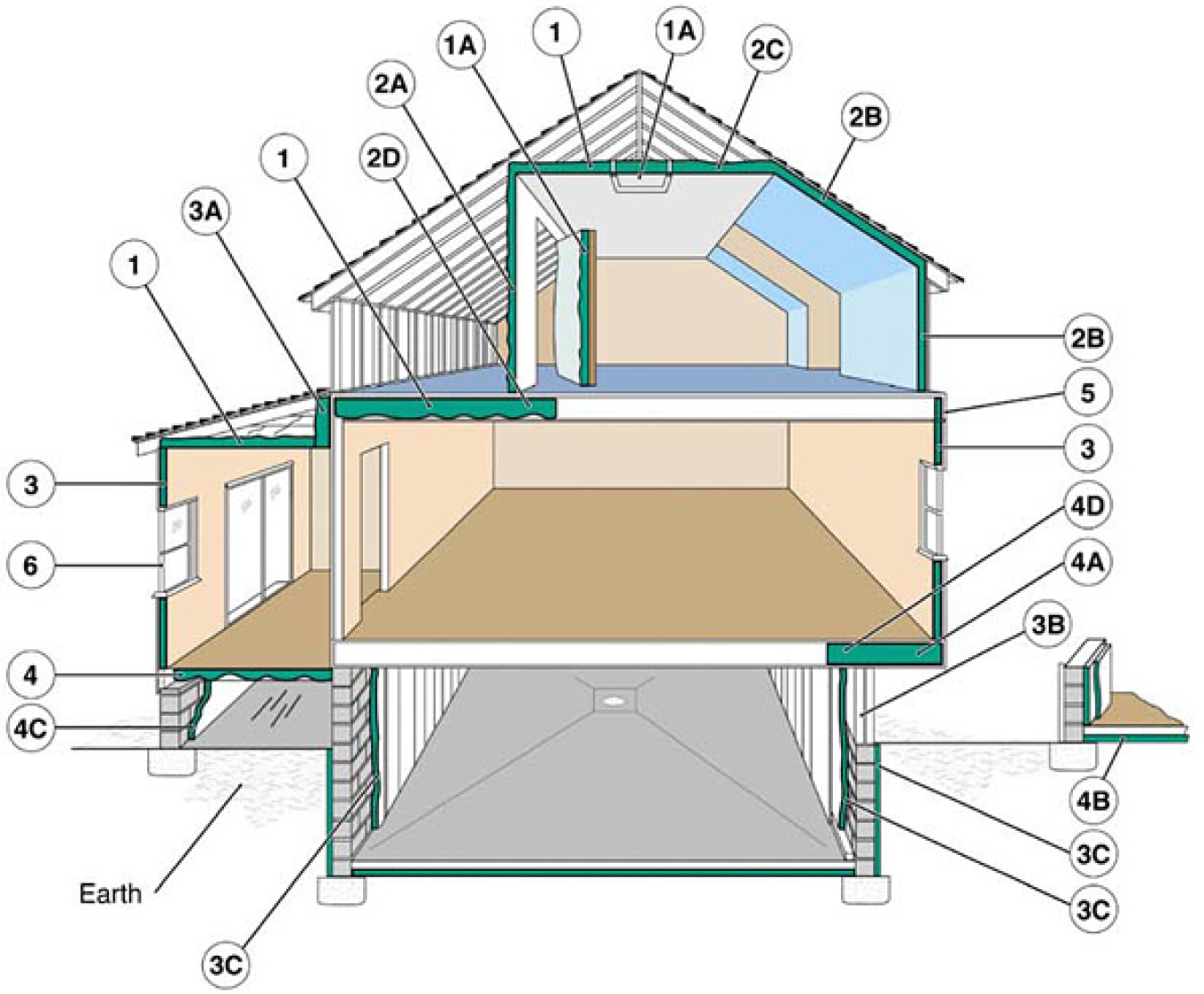Chino Valley Insights
Your go-to source for local news, events, and information in Chino Valley.
Insulation: Your Home's Best-Kept Secret for Comfort
Discover how insulation can transform your home into a cozy sanctuary. Unlock the comfort secret every homeowner needs to know!
Understanding Insulation: How It Works and Benefits Your Home
Understanding insulation is essential for homeowners aiming to enhance energy efficiency and comfort in their living spaces. Insulation materials work by reducing the transfer of heat. In winter, insulation keeps warm air inside while preventing cold air from entering, and in summer, it helps maintain a cool indoor environment by resisting heat gain from outside. This process is quantified by the material's R-value, which measures its resistance to heat flow. The higher the R-value, the better the material insulates. For an in-depth exploration of insulation types and their R-values, you can refer to Energy.gov.
The benefits of installing proper insulation in your home extend beyond thermal comfort. Effective insulation can significantly lower your energy bills, as it reduces the workload on heating and cooling systems. Additionally, good insulation contributes to a quieter home by minimizing noise transfer from outside. Moreover, it can enhance the overall value of your property by improving its energy efficiency ratings. For more information on how insulation adds value to your home, check out ENERGY STAR.

Top 5 Insulation Myths Debunked: What Every Homeowner Should Know
When it comes to home insulation, misinformation can lead to costly mistakes. One common myth is that more insulation is always better. While it might seem logical, there is a point of diminishing returns where adding more insulation doesn't significantly improve energy efficiency. According to the U.S. Department of Energy, it’s crucial to consider the proper balance of insulation based on your climate zone to optimize performance.
Another prevalent misconception is that all insulation types are the same. In reality, different materials have varying R-values, affecting their insulating efficiency. For homeowners looking to choose the right type, resources like HVAC.com provide detailed information on various insulation types and their benefits. Understanding these differences can help you make an informed decision that enhances your home’s comfort and energy savings.
Is Your Home Properly Insulated? Signs You Should Look For
Proper insulation is crucial for maintaining a comfortable home environment and can significantly affect your energy bills. One of the key signs that your home may not be properly insulated is uneven temperatures across different rooms. If you find that certain areas of your house are consistently colder or warmer than others, it could indicate gaps in your insulation. Additionally, another sign to look for is increased energy bills. If you notice a spike in your heating or cooling costs, it may be a clear indication that your home is losing heat or cool air due to inadequate insulation. For more tips on identifying insulation issues, you can visit Energy Saver.
Another warning sign of poor insulation is the presence of drafts, particularly around windows and doors. If you can feel cold air seeping in during winter months or hot air during summer, it’s time to assess your insulation. Moisture buildup can also be an indicator of insulation problems; if you notice condensation in certain areas, it could lead to mold growth and structural damage. Moreover, if your home has recently undergone renovations or if it's an older property, consider checking your insulation status. For further guidance on insulation types and benefits, check out ENERGY STAR.